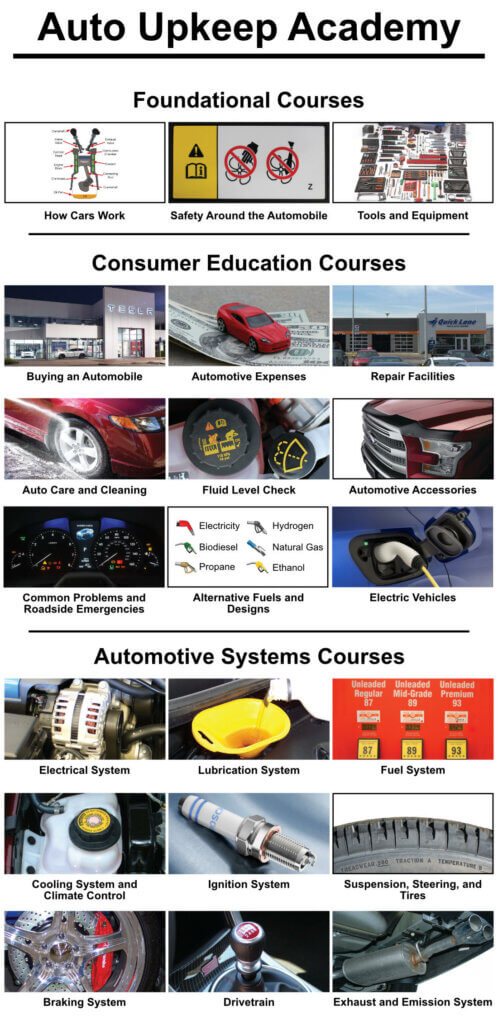Each year the Insurance Institute for Highway Safety releases a list of safe vehicles that meet its standards of “crashworthiness”. Their tests help determine how well a vehicle protects the driver and passengers in an accident. The winning 27 vehicles this year were classified into the following groups: Large Cars, Midsize Cars, Small Cars, Midsize SUVs (Sport Utility Vehicles), and Small SUVs. Tests determine how well the vehicle provides protection in front, side, rear, and rollover (new this year) crashes. The winning vehicles also needed to have electronic stability control. (Read how Electronic Stability Control works at HowStuffWorks.com or watch the video below from Ford about their AdvanceTrac system.)
[youtube]https://www.youtube.com/watch?v=Xosje0f-0zA[/youtube]
Below is how vehicles are evaluated by the Insurance Institute for Highway Safety (see full press release):
The Institute’s frontal crashworthiness evaluations are based on results of 40 mph frontal offset crash tests. Each vehicle’s overall evaluation is based on measurements of intrusion into the occupant compartment, injury measures recorded on a Hybrid III dummy in the driver seat, and analysis of slow-motion film to assess how well the restraint system controlled dummy movement during the test.
Side evaluations are based on performance in a crash test in which the side of a vehicle is struck by a barrier moving at 31 mph. The barrier represents the front end of a pickup or SUV. Ratings reflect injury measures recorded on 2 instrumented SID-IIs dummies representing a 5th percentile woman, assessment of head protection countermeasures, and the vehicle’s structural performance during the impact.
Rear crash protection is rated according to a two-step procedure. Starting points for the ratings are measurements of head restraint geometry — the height of a restraint and its horizontal distance behind the back of the head of an average-size man. Seat/head restraints with good or acceptable geometry are tested dynamically using a dummy that measures forces on the neck. This test simulates a collision in which a stationary vehicle is struck in the rear at 20 mph. Seats without good or acceptable geometry are rated poor overall because they can’t be positioned to protect many people.
In the roof strength test, a metal plate is pushed against 1 side of a roof at a constant speed. To earn a good rating for rollover protection, the roof must withstand a force of 4 times the vehicle’s weight before reaching 5 inches of crush. This is called a strength-to-weight ratio. For an acceptable rating, the minimum required strength-to-weight ratio is 3.25. A marginal rating value is 2.5. Anything lower than that is rated poor.
And the 2010 winners were:
Large cars
Buick LaCrosse
Ford Taurus
Lincoln MKS
Volvo S80
Midsize cars
Audi A3
Chevrolet Malibu built after October 2009
Chrysler Sebring 4-door with optional electronic stability control
Dodge Avenger with optional electronic stability control
Mercedes C class
Subaru Legacy
Subaru Outback
Volkswagen Jetta sedan
Volkswagen Passat sedan
Volvo C30
Small cars
Honda Civic 4-door models (except Si) with optional electronic stability control
Kia Soul
Nissan Cube
Subaru Impreza except WRX
Volkswagen Golf 4-door
Midsize SUVs
Dodge Journey
Subaru Tribeca
Volvo XC60
Volvo XC90
Small SUVs
Honda Element
Jeep Patriot with optional side torso airbags
Subaru Forester
Volkswagen Tiguan
For more information, go to the Insurance Institute for Highway Safety website – www.iihs.org




